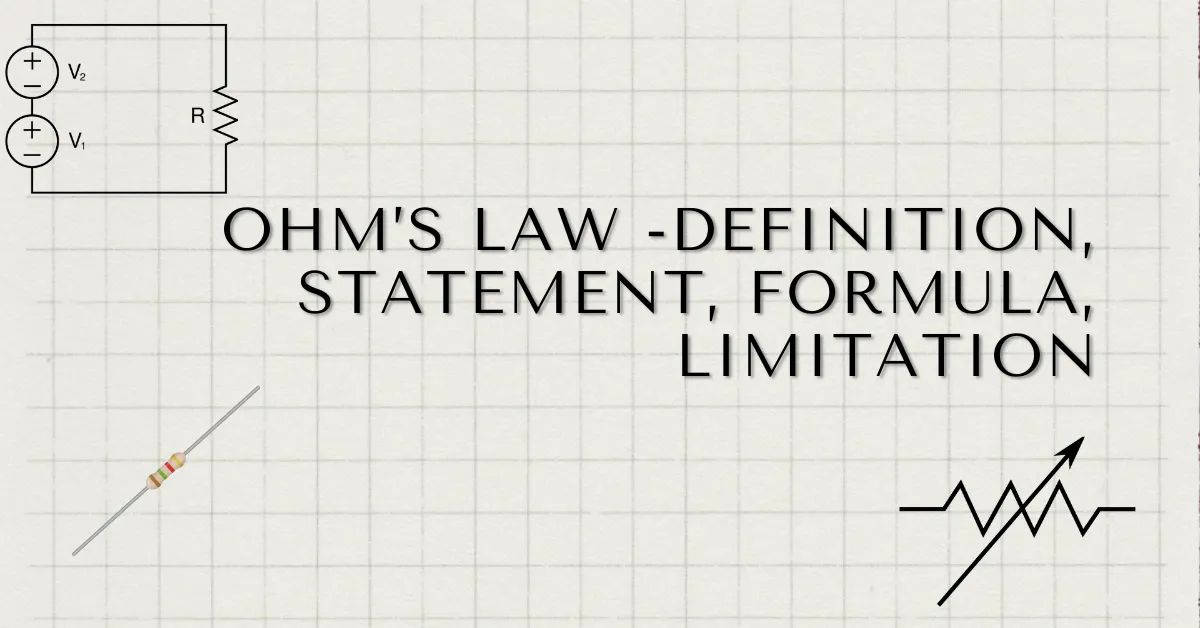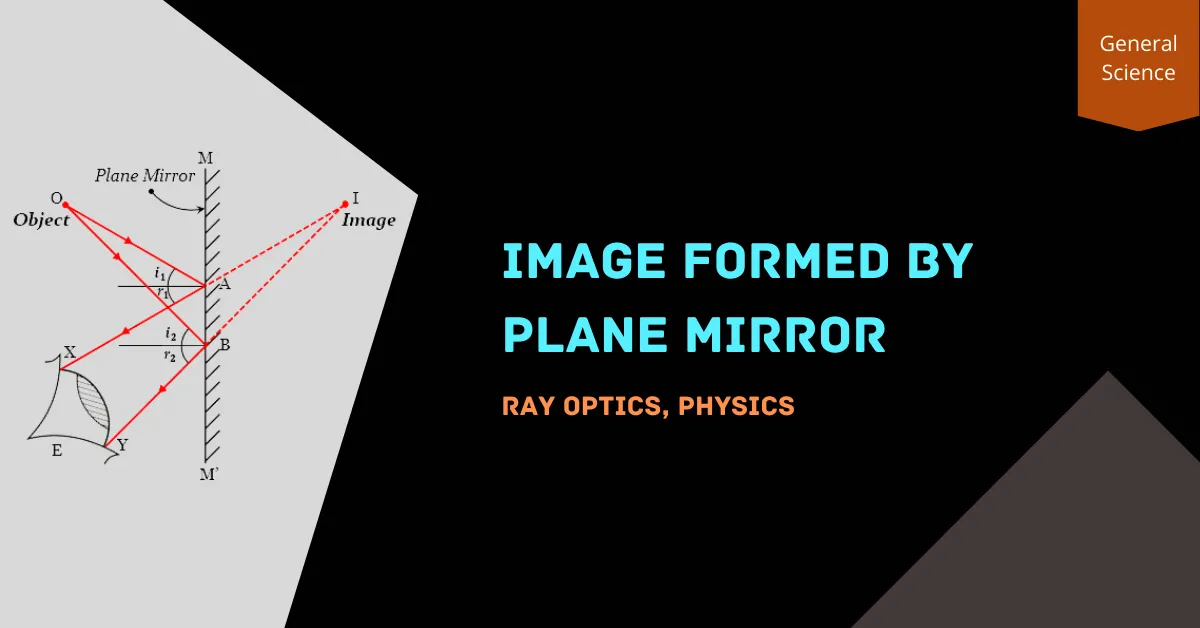Parts of Human Urinary System NCERT
The human urinary system helps our body remove waste and keep the right balance of water and salts. It acts like a natural filter, cleaning the blood and making urine. This system includes four main parts: kidneys, ureters, urinary bladder, and urethra. The kidneys filter waste from the blood. The ureters are tubes that carry … Read more



